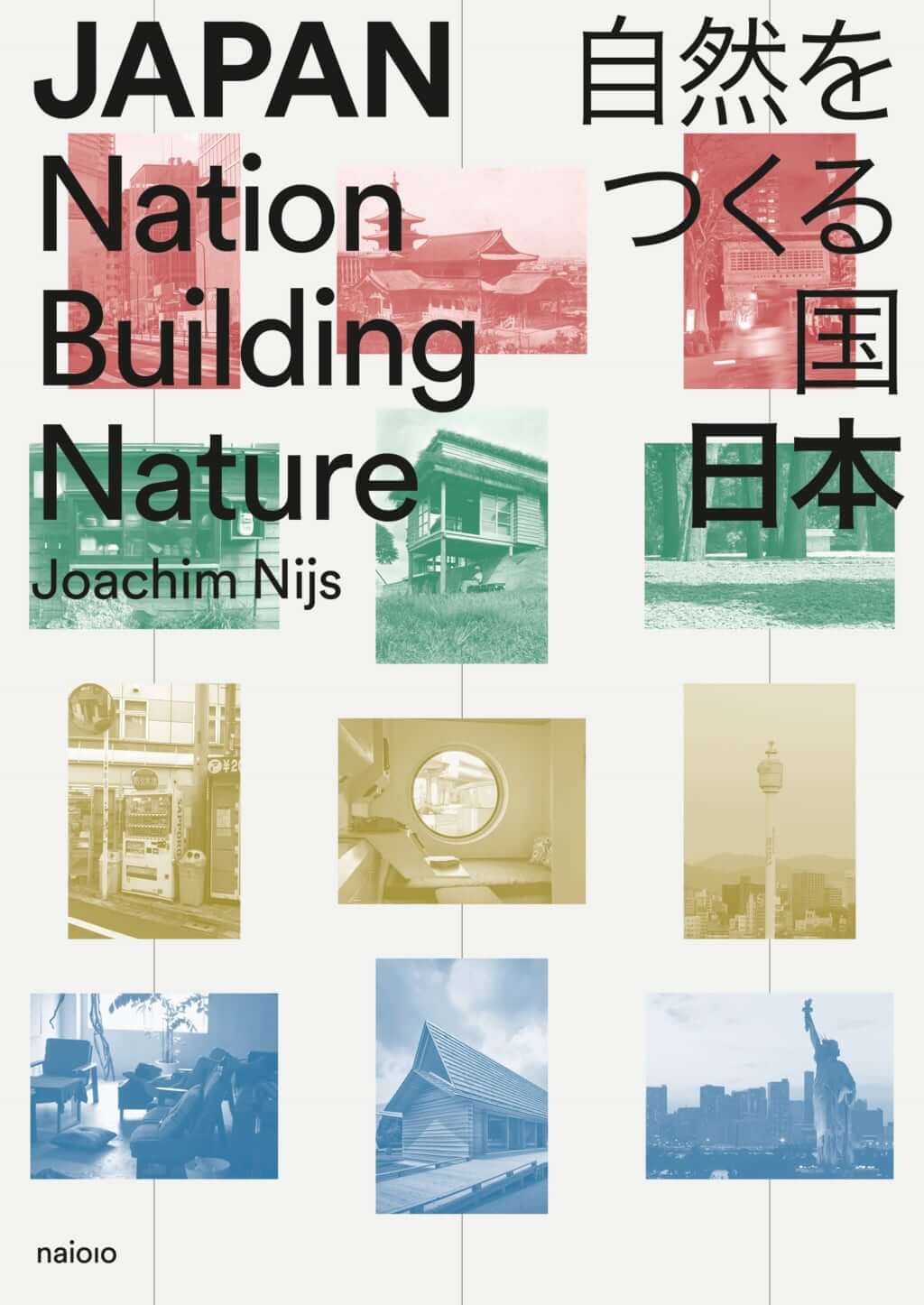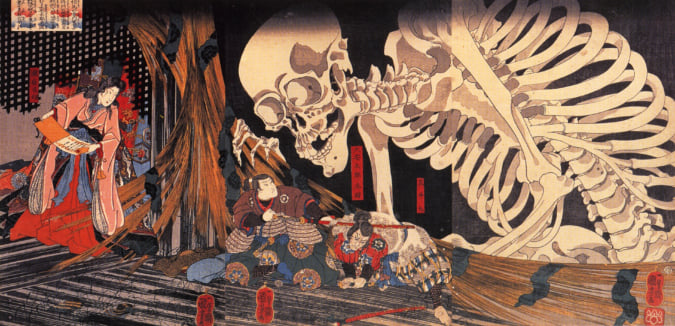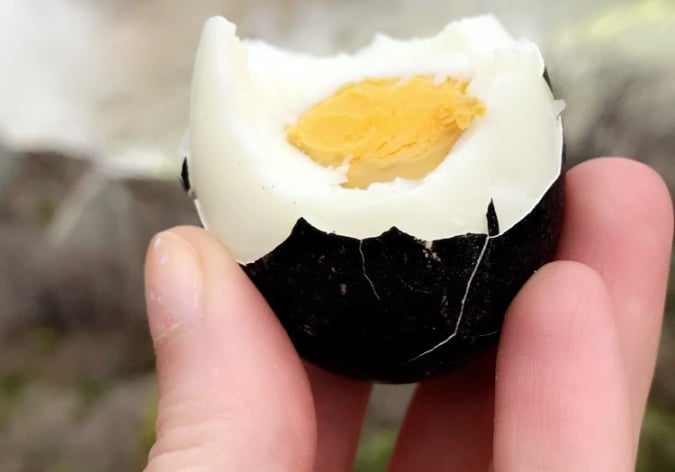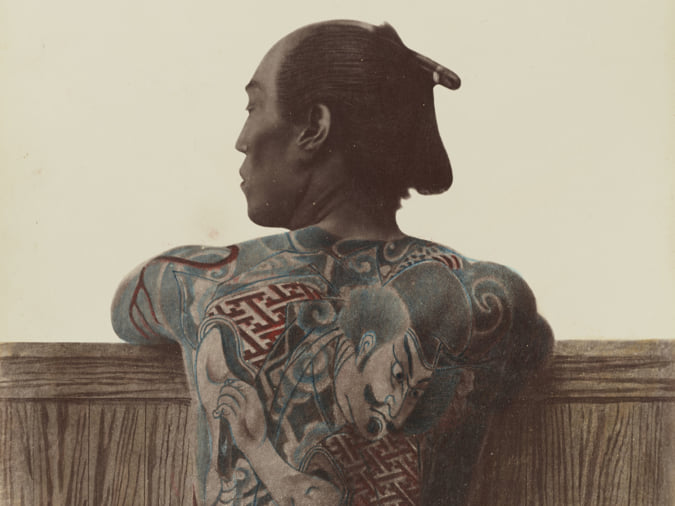When Nature Builds the City
In his book ‘Japan: Nation Building Nature’, Joachim Nijs examines the links that connect Japanese society to nature.

© NAI 010 éditions
The streets, cities, and residences often reflect the relationship that a society and its residents have with nature. In the case of Japan, this relationship can sometimes be hindered by the natural elements that are unleashed on the country, which is subjected to typhoons and earthquakes in particular.
Sacrificing nature
While studying architecture, a path that took him to Tokyo, Joachim Nijs—who is now based in the Japanese capital for work—began to examine the link that connects nature to Japanese society and explore what meaning the term ‘nature’ holds for the latter. As Augustin Berque underlined in his book Japan: Nature, Artifice and Japanese Culture, nature in Japan is often romanticised by foreigners in an interpretation tinged with Orientalism and far from the meaning it holds to the Japanese people. In Japanese cities, nature is not in fact so lush, and that is in cases where it has not simply been gradually sacrificed to clear spaces to construct new buildings to serve as homes, offices, or shops.
Through essays, photographs, historical case studies, and quotations from architects, scientists, philosophers, and even politicians, Joachim Nijs’ book Japan: Nation Building Nature explores how nature constructs the country’s modern architecture, and also how Japanese culture can shed new light on our understanding of nature and ecology.
Japan: Nation Building Nature (2020), a book by Joachim Nijs, is published by Nai 010.
TRENDING
-
Gashadokuro, the Legend of the Starving Skeleton
This mythical creature, with a thirst for blood and revenge, has been a fearsome presence in Japanese popular culture for centuries.

-
The Tattoos that Marked the Criminals of the Edo Period
Traditional tattoos were strong signifiers; murderers had head tattoos, while theft might result in an arm tattoo.

-
The Tradition of the Black Eggs of Mount Hakone
In the volcanic valley of Owakudani, curious looking black eggs with beneficial properties are cooked in the sulphurous waters.

-
Colour Photos of Yakuza Tattoos from the Meiji Period
19th-century photographs have captured the usually hidden tattoos that covered the bodies of the members of Japanese organised crime gangs.

-
‘YUGEN’ at Art Fair Tokyo: Illumination through Obscurity
In this exhibition curated by Tara Londi, eight international artists gave their rendition of the fundamental Japanese aesthetic concept.





